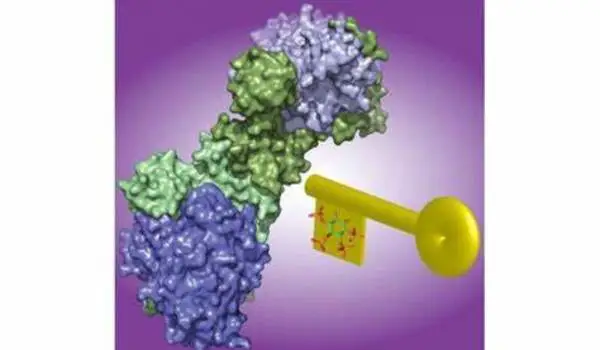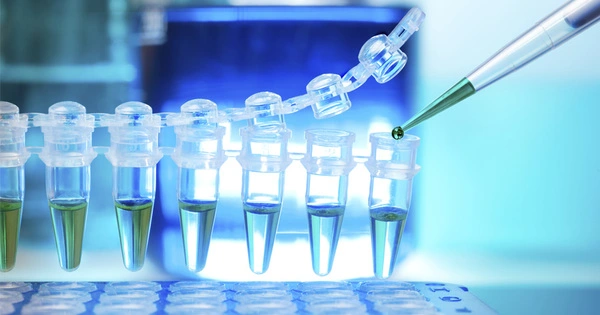A new study has revealed hundreds of new priority anti-cancer medication targets, as well as biomarkers for which drugs may perform best in certain patients, providing a comprehensive picture of the genetic dependencies that underpin distinct forms of cancer and tactics to combat them.
A new, comprehensive examination of cancer cells has identified 370 potential priority therapeutic targets across 27 cancer types, including breast, lung, and ovarian cancer. Researchers were able to generate an unbiased, panoramic view of what causes cancer cells to grow and survive by examining numerous layers of functional and genetic data. They find new prospects for cancer therapeutics, marking a crucial step toward a new generation of smarter, more effective cancer treatments.
Researchers from the Wellcome Sanger Institute, Open Targets, and their collaborators conducted the most extensive analysis of its kind, pooling data from 930 cancer cell lines. They then utilized machine learning approaches to identify the pharmacological targets with the most promise for creating new treatments, as well as the patients who might benefit the most from them. This entailed determining the presence of these targets in actual patient cancers and correlating them to specific biological markers, as well as genetic and molecular traits discovered in the tumours.
The findings, published in Cancer-Cell, not only bring researchers one step closer to creating a comprehensive Cancer Dependency Map1 of every vulnerability in every type of cancer, but also aid in directing focused efforts to hasten the development of targeted cancer treatments.
Our work uncovers 370 candidate priority targets for tackling the most prevalent cancers, including breast, lung and colon cancers. This work exploits the latest in genomics and computational biology to understand how we can best target cancer cells. This will help drug developers focus their efforts on the highest-value targets to bring new medicines to patients more quickly.
Dr Mathew Garnett
Researchers from the Wellcome Sanger Institute, Open Targets, and their collaborators conducted the most extensive analysis of its kind, pooling data from 930 cancer cell lines. They then utilized machine learning approaches to identify the pharmacological targets with the most promise for creating new treatments, as well as the patients who might benefit the most from them. This entailed determining the presence of these targets in actual patient cancers and correlating them to specific biological markers, as well as genetic and molecular traits discovered in the tumours.
The findings, published in Cancer-Cell, not only bring researchers one step closer to creating a comprehensive Cancer Dependency Map1 of every vulnerability in every type of cancer, but also aid in directing focused efforts to hasten the development of targeted cancer treatments.
In this new study, researchers from the Wellcome Sanger Institute and their collaborators set out to narrow down potential drug targets. By analysing data available from the Cancer Dependency Map project, which involved CRISPR technology4 to disrupt every gene inside 930 human cancer lines one at a time, they were able to produce the most comprehensive view of potential new cancer targets to date.

The researchers first identified weaknesses within different cancer types — so-called genetic dependencies, meaning which genes, proteins or cellular processes that cancer cells rely on to survive — that could be harnessed to make new therapies. They then linked those weaknesses to clinical markers to identify patients in which those therapies would be most effective. Finally, they explored how dependency-marker pairs fit into known networks of molecular interactions within cells, providing clues as to how cell biology is disrupted by cancer, and which targets might yield the most effective therapies.
The work provides a clearer understanding of which types of cancer can possibly be treated by existing drug discovery strategies and pinpoint areas where novel and innovative approaches are needed.
The findings underscore the importance of tailoring treatments to the unique characteristics of each cancer, promising more personalised care for patients with fewer side effects in the future.
Dr Francesco Iorio, co-lead author of the study from the Computational Biology Research Centre of Human Technopole, said: “Analysing the largest-ever cancer dependency dataset, we present the most comprehensive map yet of human cancers’ vulnerabilities — their “Achilles heel.” We identify a new list of top-priority targets for potential treatments, along with clues about which patients might benefit the most — all made possible through the design and use of innovative computational and machine intelligence methodologies.”
Dr Mathew Garnett, co-lead author of the study at the Wellcome Sanger Institute and Open Targets, said: “Our work uncovers 370 candidate priority targets for tackling the most prevalent cancers, including breast, lung and colon cancers. This work exploits the latest in genomics and computational biology to understand how we can best target cancer cells. This will help drug developers focus their efforts on the highest value targets to bring new medicines to patients more quickly.”
Dr Marianne Baker, research engagement manager at Cancer Research UK, stated, “Two patients may have the same sort of cancer, but their diseases can behave differently. That’s why we need precision medicine. This complex project exemplifies how research informs drug discovery from the start, paving the door for more effective precision cancer medicines. Giving people therapies tailored to their specific illness can increase their chances of success and enable more cancer patients live longer, healthier lives.”





